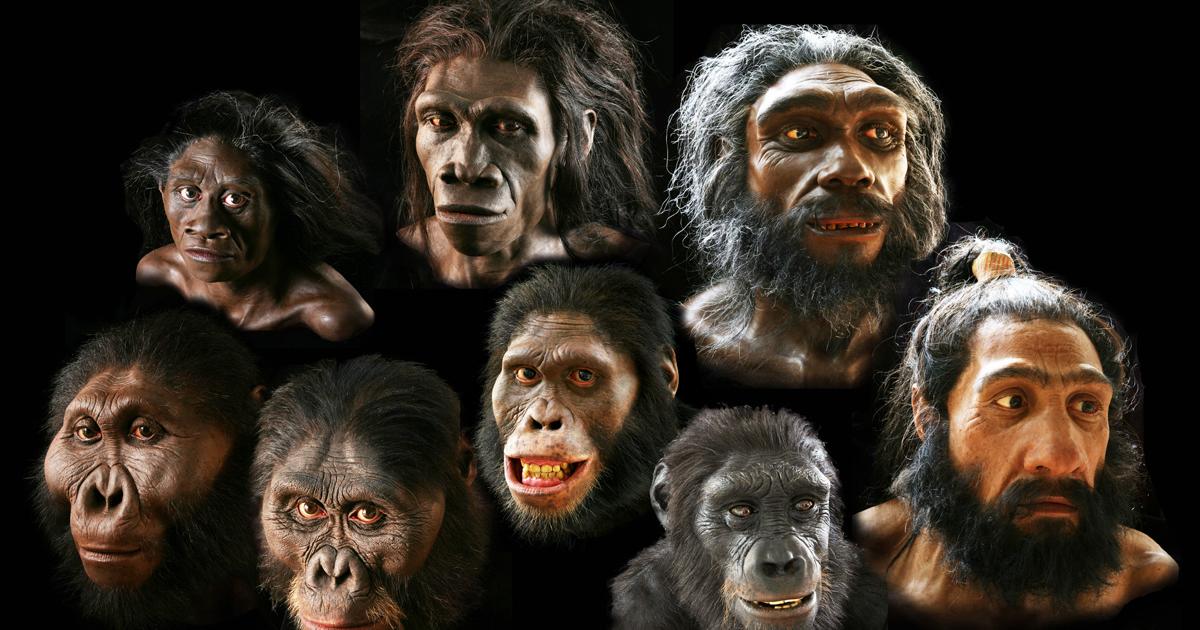Table of Content
Although there were amphibious reptiles, early versions of the dinosaurs, the dominant life form was the trilobite, visually somewhere between a wood louse and an armadillo. Cats are genetically surprisingly closer to us than dogs, who share about 84% of the genes with us . You and your furry friend share a lot of the same sequences that help you eat, sleep and chase laser pointers. The earliest known true hominins belonged to the genus Australopithecus. Commonly called australopithecines, they had evolved in East Africa by 4.2 million years ago and were also present in South Africa by three million years ago.
If it makes it all the way, though, geology’s amended timeline would officially recognize that humankind’s effects on the planet had been so consequential as to bring the previous chapter of Earth’s history to a close. It would acknowledge that these effects will be discernible in the rocks for millenniums. Many scientists now believe there were somewhere between 15 and 20 different species of early humans alive on the planet. Homo habilis, although significantly different of anatomy and physiology, is thought to be the ancestor of Homo ergaster, or African Homo erectus; but it is also known to have coexisted with H.
Active Wild Rainforest Workbooks
A new study published in Nature is an example of such continuing study. Researchers discovered the Omo I remains—the earliest Homo sapien fossils in eastern Africa—are actually at least 33,000 years older than previously thought. Many different groups of people have their own theories about the origins of humans. Science shows that human evolution goes back for millions of years on Earth. Sapiens originated in Africa, although not necessarily in a single time and place.
The filling of Earth’s skies with oxygen, roughly 2.1 to 2.4 billion years ago — geologists call that the Great Oxidation Event. Mass extinctions are events, as is the burst of diversity in marine life 460 to 485 million years ago. Late-Holocene human footprints, at least 2,000 years old, in volcanic ash and mud in Nicaragua. The Anthropocene could mark an official end to the 11,700-year-old Holocene Epoch.
The bones display certain modern features and are the oldest in eastern Africa.
Our MissionOur mission is to engage people with cultural heritage and to improve history education worldwide. The species Homo sapiens appears first around 500, ,000 years ago. The subspecies Homo sapiens sapiens appears first around 150,000 years ago. Every source gave its answer as a time period or estimated length of time. They first appeared when god created Adam and Eve and sent them down to the world....which was mabey millions of years ago.

A team of researchers are in the midst of conducting a four-year project under Professor Clive Oppenheimer to date the volcanic eruptions in the late Middle Pleistocene . This is done by grinding down volcanic stone and analyzing the mineral content for its chemical signature. The volcanic stone, or pumice, found above Omo I came from an eruption of the Shala volcano about 230,000 years ago. This means the fossilized bones are themselves actually at least 230,000 years old.
000 to 60,000 Years Ago: Genes and Climate Reconstructions Show a Migration Out of Africa
For the word puzzle clue of around what time did homo sapiens appear and where, the Sporcle Puzzle Library found the following results. Explore more crossword clues and answers by clicking on the results or quizzes. Bones of primitive Homo sapiens first appear 300,000 years ago in Africa, with brains as large or larger than ours. They're followed by anatomically modern Homo sapiens at least 200,000 years ago, and brain shape became essentially modern by at least 100,000 years ago. Lucy, a 3.2 million-year old fossil skeleton of a human ancestor, was discovered in 1974 in Hadar, Ethiopia. The fossil locality at Hadar where the pieces of Lucy’s skeleton were discovered is known to scientists as Afar Locality 288 (A.L. 288).

The evolutionary history of species has been described as a "tree" with many branches arising from a single trunk. While Haeckel's tree is somewhat outdated, it illustrates clearly the principles that more complex modern reconstructions can obscure. Habilis individuals was a bit larger than found in the australopithecines, it was still only half the size of a modern human’s brain.
Around What Time Did Homo Sapiens Appear And Where Crossword Clue
However, the speech may not be in the same sound range or as diverse as homo sapiens. Despite this, Neanderthals were very skilled at making tools and effective at hunting, indicating that they could communicate effectively – no matter how they did it. Afarensis was ancestral to both the genus Australopithecus and the genus Homo.
To even begin to evolve in that direction, our species would need to be subject to some sort of selective pressure that would favour the development of proto-wings, which we're not. TimesMojo collects the most frequently asked questions on various topics and provides them to its users. The website is updated with new questions every day, so it is always up-to-date.
To this day, they remain shrouded in mystery as we try to uncover the secrets behind their unique features, cultural practices, and evolutionary trajectory. Homo antecessor may be a common ancestor of humans and Neanderthals. At present estimate, humans have approximately 20,000–25,000 genes and share 99% of their DNA with the now extinct Neanderthal and 95–99% of their DNA with their closest living evolutionary relative, the chimpanzees. The human variant of the FOXP2 gene has been found to be identical in Neanderthals. Anatomically, modern humans can generally be characterized by the lighter build of their skeletons compared to earlier humans.

Those groups may include other humans who are not part of our own lineage. It suggests that modern humans originated in Africa within the last 200,000 years from a single group of ancestors. Modern humans continued to evolve in Africa and had spread to the Middle East by 100,000 years ago and possibly as early as 160,000 years ago.

No comments:
Post a Comment